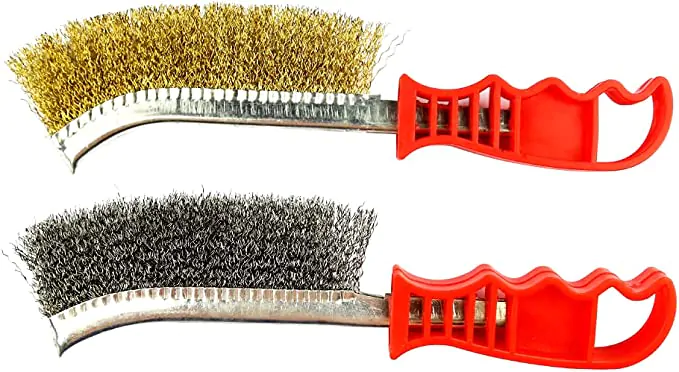

How to paint the radiator
Everyone living in a house in the UK has likely encountered the task of repainting radiators at least once, either during new construction, renovation or when decorating a room.
Each time, you must decide on the choice of paint. For those who have never tackled this job, let’s explore how to paint radiators in your Surrey home correctly.
This article provides specific recommendations for first-timers facing the task of painting a radiator.
Paint must be heat-resistant
Firstly, the paint must be heat-resistant, adhere well to metal surfaces, and possess anti-corrosion properties. Many popular paints and enamels are suitable for surfaces that can be heated up to 90°C. Heating radiators should not exceed +80°C during the heating period.
Additionally, the paint must be moisture-resistant and compatible with detergents, as radiators often require cleaning with water and detergents, particularly in kitchens and bathrooms.
The choice of colour depends on various factors. White is the most common choice, but individual colours can be selected for each room, considering the flat or house’s interior, lighting, and overall design.

Preparing the Radiators for Redesign
Before painting, the radiator must be thoroughly cleaned of old, shabby paint. Though labour-intensive, this procedure is manageable. The radiator’s configuration makes traditional paint stripping methods challenging.
A wire brush is ineffective due to narrow slots in the battery, while a blowtorch may damage the metal. A heat gun is also inefficient because the large mass of metal quickly dissipates heat from the surface. Hence, paint is removed chemically using special metal paint “washes”.

The cleaner softens the old paint, allowing for easy removal with a metal spatula or scraper.
After removing the paint, sand down corroded areas to a metallic shine.
The cleaned surface must be degreased to ensure the new paint adheres for a longer period. White spirit or a mildly alkaline solution is suitable for this purpose. Apply a generous amount of primer before painting.
Some Special Features of the Painting Procedure
Ensure the radiator is cool before painting. If painting during the heating season, switch off the heating completely and wait for the radiator to cool down. Painting a hot radiator can cause staining and uneven colour due to the quick drying of the hot surface. Brush marks may appear when the paint is completely dry.
To avoid these issues, apply special heat-resistant paint on a hot surface.
Safety Precautions and Application Tips
When painting radiators, adhere to safety precautions and follow application tips for the best results:
- Ensure adequate ventilation: Work in a well-ventilated area, as paint fumes can be harmful if inhaled for prolonged periods. Open windows and use a fan if necessary to maintain airflow.
- Protect surrounding surfaces: Use drop cloths, newspapers, or masking tape to protect the floor, walls, and nearby objects from paint splatters.
- Choose the right tools: Use a high-quality paintbrush or small foam roller designed for detailed work to reach all areas of the radiator. This ensures a smooth, even finish.
- Apply thin, even coats: Apply multiple thin coats of paint, allowing each coat to dry completely before applying the next. This helps prevent drips and achieves a professional-looking finish.
- Allow ample drying time: Follow the paint manufacturer’s guidelines for drying time, and allow extra time if necessary. Ensure the paint is fully dry before turning the radiator back on.
- Regular maintenance: Inspect and maintain the radiator’s paintwork regularly to ensure it remains in good condition. Address any signs of wear or damage promptly to prolong the life of the paint job.
By following these guidelines and tips, you can successfully paint your radiator, giving it a refreshed appearance and extending its lifespan.
The process may seem daunting at first, but with the right materials, preparation, and attention to detail, you can achieve a professional finish that complements your home’s interior design.
And if you’re looking to take your home’s interior to the next level, consider hiring a professional painter and decorator in Surrey.

